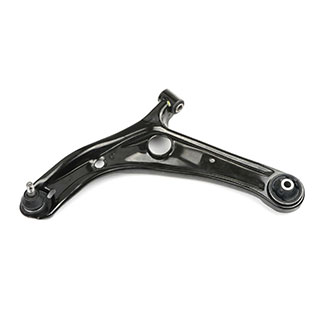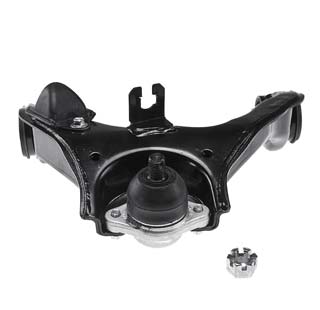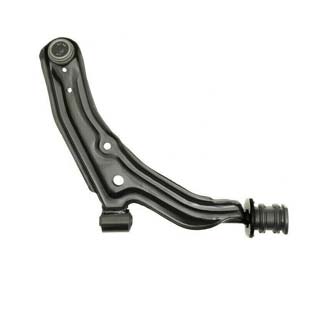In the ever-evolving landscape of automotive design, the humble suspension radius arm has transcended its conventional role. Modern vehicles are now equipped with advanced applications of these components, pushing the boundaries of what was once considered basic functionality. This passage explores the advanced applications of suspension radius arms, delving into the innovations that have elevated their role in shaping the dynamic performance and safety features of contemporary vehicles.
Precision Engineering for Enhanced Handling
Active Suspension Systems
One of the forefronts of advanced applications is the integration of suspension radius arms into active suspension systems. These systems use sensors and control algorithms to continuously monitor road conditions, driver inputs, and vehicle dynamics. The information gathered is then utilized to actively adjust the suspension settings in real-time. Suspension radius arms play a crucial role in facilitating these adjustments, contributing to enhanced handling precision, comfort, and overall ride quality.
Adaptive Damping Technologies
Advanced suspension radius arms are increasingly being incorporated into adaptive damping technologies. These systems utilize electronically controlled shock absorbers that can adjust damping rates on the fly. The sophisticated linkage provided by radius arms allows for quick and precise adjustments, optimizing the suspension response to varying driving conditions. This not only improves ride comfort but also enhances vehicle stability and control.
Optimizing Performance Through Material Innovation
Composite Materials for Weight Reduction
Modern suspension radius arms are often crafted using advanced composite materials. These materials, such as carbon fiber-reinforced polymers, offer exceptional strength-to-weight ratios. The use of composites reduces the overall weight of the arms, contributing to improved fuel efficiency, agility, and responsiveness. This innovative application of materials showcases a commitment to enhancing both performance and environmental sustainability.
Forged Aluminum for Strength and Durability
Forged aluminum has become a material of choice for high-performance vehicles. Suspension radius arm crafted from forged aluminum offers a perfect blend of strength and durability. These lightweight yet robust arms contribute to the overall structural integrity of the suspension system, allowing for precise control and handling characteristics, particularly in performance-oriented driving scenarios.
Intelligent Suspension Control
Integrated Sensor Technologies
Advanced suspension radius arms are increasingly equipped with integrated sensor technologies. These sensors provide real-time data on factors such as wheel movement, load distribution, and road conditions. The integration of intelligent sensors allows for more accurate and responsive adjustments to the suspension settings, enhancing both safety and performance. This level of sophistication ensures that the vehicle adapts dynamically to its surroundings and driver inputs.
Predictive Suspension Adjustments
Innovative applications extend to predictive suspension adjustments, where machine learning algorithms analyze historical data and driving patterns. This analysis enables the suspension system, including radius arms, to anticipate upcoming road conditions and adjust settings proactively. By pre-emptively adapting to the driving environment, these advanced applications enhance both comfort and safety, providing a seamless and predictive driving experience.
Challenges and Future Developments
Integration with Autonomous Driving Systems
As vehicles evolve towards autonomous capabilities, suspension radius arms face new challenges and opportunities. Integration with autonomous driving systems requires a seamless coordination between the suspension components and the vehicle's overall control algorithms. Future developments may see suspension radius arms playing a vital role in optimizing ride comfort and stability in autonomous modes.
Continued Innovations in Materials and Design
The journey beyond basics is an ongoing process, with continuous innovations in materials and design. Future developments may witness the exploration of novel materials, such as advanced polymers and composites, further pushing the boundaries of what suspension radius arms can achieve in terms of performance, weight reduction, and environmental sustainability.
The advanced applications of suspension radius arms in modern vehicles showcase the fusion of precision engineering, material innovation, and intelligent control systems. Beyond the basics of providing structural linkage, these components have become integral to optimizing vehicle dynamics, handling, and safety. As automotive technology continues to advance, the role of suspension radius arms will likely remain at the forefront of innovation, shaping the driving experience for generations to come.




